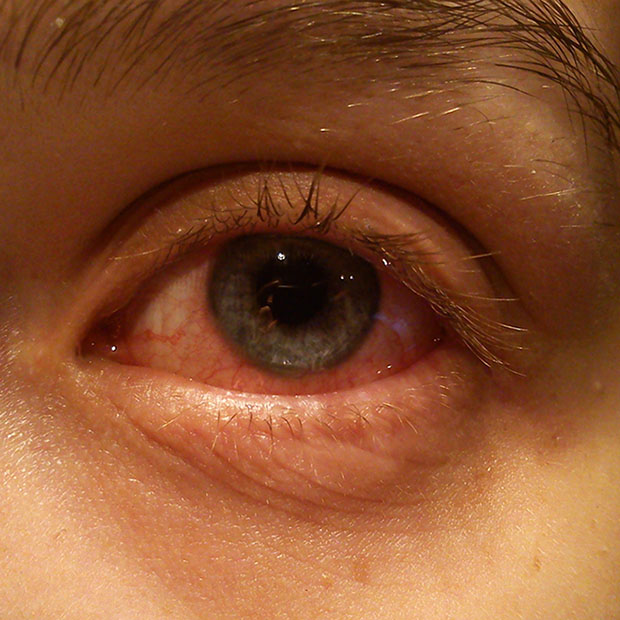What Is Pink Eye?

How much do you know about conjunctivitis (pink eye)?
The main symptoms of pink eye are the redness that gives it its common name, itchiness, and either thick or watery discharge. Conjunctivitis is an inflammation of the clear outer layer of tissue that covers the surface of our eyes and the insides of our eyelids (the conjunctiva). While this condition is common, it’s also easy to prevent and treat, so let’s take a closer look at the different types of conjunctivitis and what causes them.
Conjunctivitis Can Be Viral or Bacterial
Both the viral and bacterial forms of conjunctivitis are highly contagious, but the symptoms are a little different and treatments even more so. The bacterial form is easy to spot because it involves a lot of thick greenish-yellow secretions. It usually starts in one eye and spreads to the other over a few days. It can spread to other people with direct contact, but prescribed antibiotics will usually have it cleared up quickly.
Viral conjunctivitis involves watery discharge and tends to last longer. Antibiotics can’t help with a viral infection, but warm compresses can relieve the swelling and irritation until the inflammation subsides. Viral conjunctivitis usually goes away on its own, but it is even more contagious than the bacterial form because it can spread by coughing or sneezing.
Sometimes It’s Just Allergies
Allergies are another way our eyes can become inflamed. We can manage red, itchy eyes from allergies by taking allergy medications or simply avoiding the allergens responsible. People who wear contacts may get a form of pink eye called Giant Papillary Conjunctivitis, either because they’re allergic to the cleaning solution or they aren’t taking out their contacts and cleaning them often enough!
Conjunctivitis Caused by Chemicals
We may also develop pink eye symptoms if our eyes are exposed to harsh chemicals, chlorine in swimming pools, or pollution. The best way to deal with the inflammation, in this case, is to flush our eyes with cool, clean water for several minutes. If the symptoms persist, however, make sure to seek medical attention.
Protecting Your Eyes from Pink Eye
It’s always preferable to prevent a health problem when we can, and there are a few things we can do to minimize the risk of getting pink eye:
- Wash your hands frequently and thoroughly.
- Aim sneezes and coughs into your armpit instead of your hands.
- Don’t rub or touch your eyes.
- DO NOT share contact solution, contact lenses, or eye makeup.
- Follow the instructions for contact lens care and replacement.
- Take your contacts out before swimming.
Bring Us Your Pink Eye Symptoms
If you or your child have been experiencing pink eye symptoms — or if you just have questions about it, give us a call. We’ll be able to set up an appointment to determine what’s causing the symptoms and recommend the best kind of treatment.